Welcome To Our Irrigation Library!
Water Source for Irrigation Systems
Water sources for irrigation systems play a pivotal role in ensuring the sustenance and vitality of landscapes by providing the essential resource needed to nourish plants and maintain their optimal growth. These water sources can vary significantly, catering to diverse irrigation needs, with each having its own unique characteristics and considerations that must be taken into account.
Most frequent solutions
Systems with Main Water
Mains water supply stands as the backbone of irrigation systems, delivering reliable and consistent water to nurture flourishing landscapes. This regulated water source ensures a steady flow, providing the essential life force for plants. Efficiency and convenience makes mains water supply the most trusted in water sources of irrigation systems.
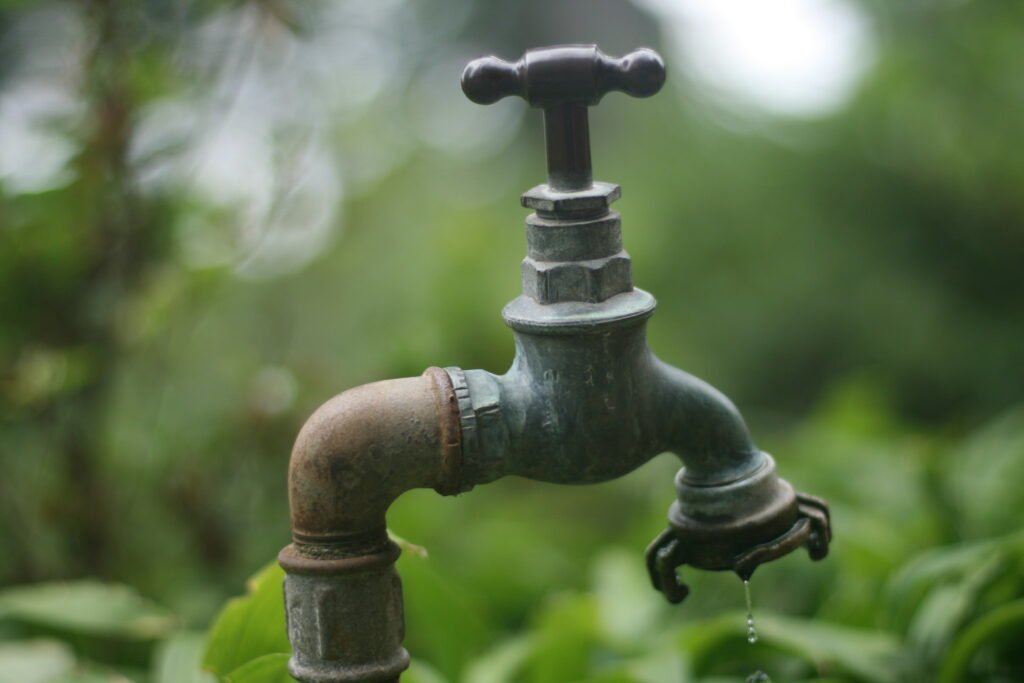
In cases where a booster isn’t legally mandated and the existing pressure/flow can effectively operate the designed system, a mains-fed system emerges as a cost-effective solution. Connecting to the mains water network demands precision and employs various safety measures to avert cross-contamination.
When a booster is necessary, yet mains water remains the sole water source, the system is classified as a mains-sourced system. The connection to the mains water supply is executed with the same meticulous care to ensure optimal functionality.
Watering from Other Sources
If your garden boasts a borehole, rain harvesting system, or a nearby live water source, harnessing these free water reservoirs is a wise choice. However, these sources typically require some degree of boosting. To prevent temporary water shortages, storing at least one irrigation cycle of water is advisable before initiating the boosting process. In this regard, it’s essential to consider the potential challenges and requirements associated with boosting.
Furthermore, this storage can take place directly in the irrigation tank or in separate tanks; the choice depends on the price-value ratio and available space. Sometimes, this setup necessitates the installation of additional pumps, a crucial consideration for the overall effectiveness of the irrigation system.
Considering the primary purpose of having an irrigation system, we strongly advocate incorporating an emergency main filler in the storage tank to counteract extended water shortages. This precaution is particularly indispensable for rain harvesting tanks, ensuring a steadfast water supply even in unforeseen circumstances. By implementing such measures, the irrigation system not only becomes resilient but also guarantees uninterrupted water availability for your garden’s needs. In essence, strategic planning and integration of supplementary components enhance the robustness and reliability of the irrigation infrastructure, aligning it with the principles of efficient and sustainable water management.
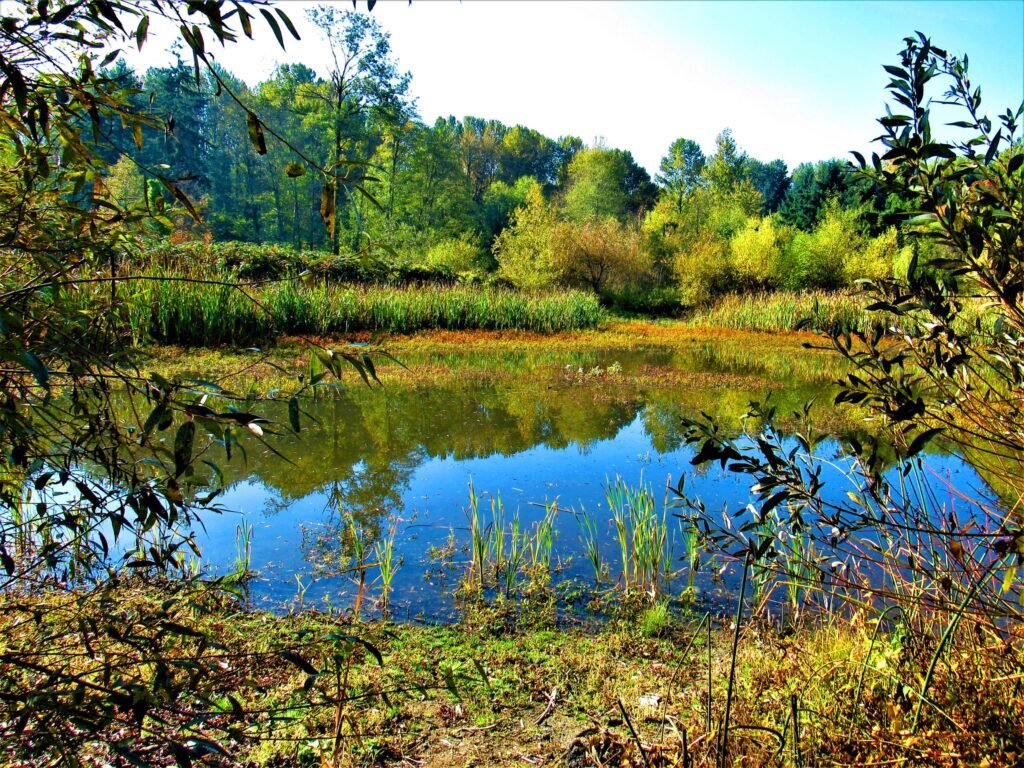
Surface water
One of the most common water sources for irrigation is surface water, which includes rivers, lakes, and reservoirs. Surface water is easily accessible and can be readily diverted to irrigate fields and gardens. However, the quality of surface water can be influenced by various factors such as pollution, sedimentation, and variable flow rates, making it crucial to regularly monitor and treat the water before using it for irrigation.
Groundwater
Groundwater is another important water source for irrigation systems. It refers to the water stored beneath the Earth’s surface in aquifers. Groundwater is often extracted using wells or pumps and is generally of high quality, as it has been naturally filtered through layers of soil and rock. However, excessive extraction can lead to groundwater depletion, causing long-term environmental consequences such as land subsidence and saltwater intrusion in coastal areas.
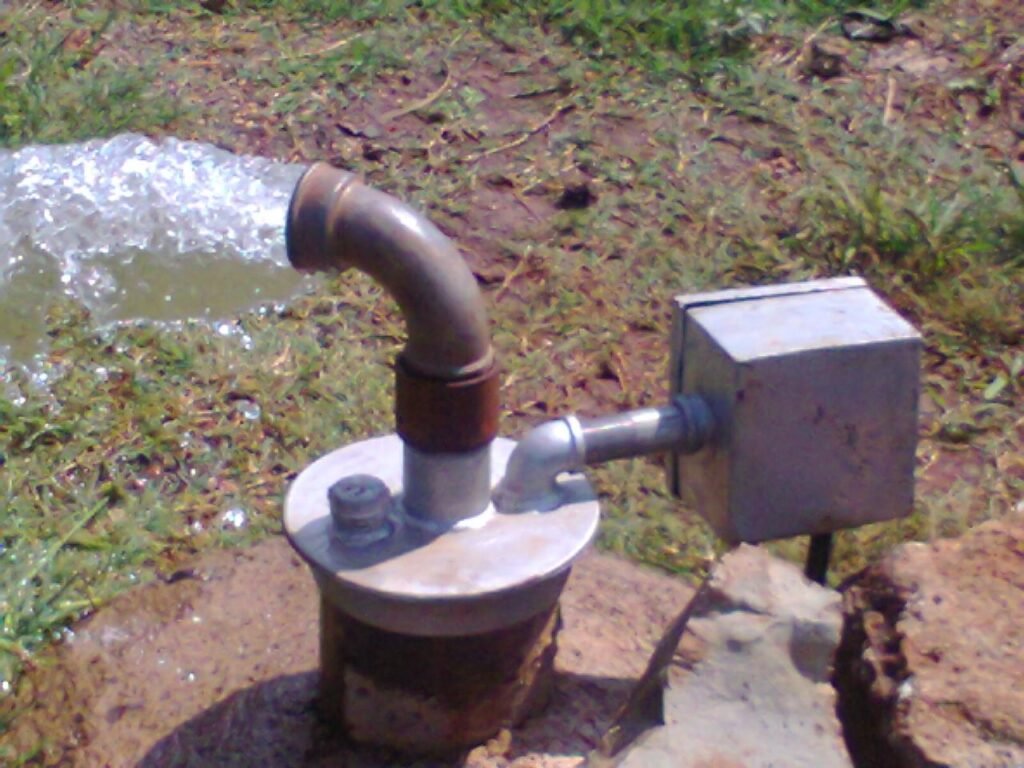
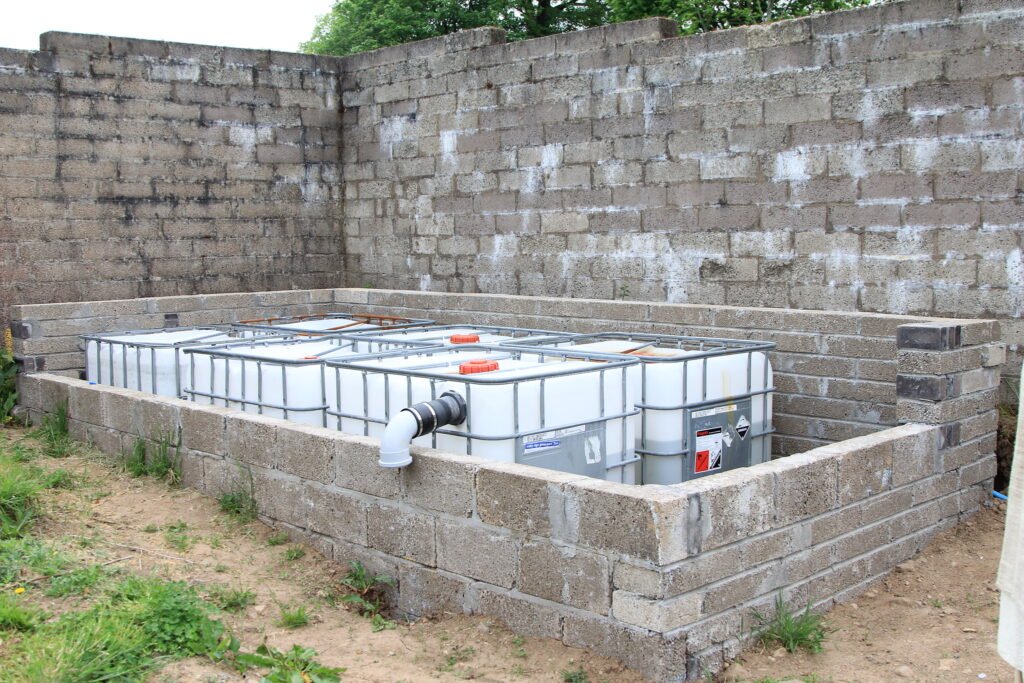
Rain Harvesting
Rainwater harvesting is an increasingly popular water source for irrigation, particularly in areas with limited access to surface or groundwater. This method involves collecting and storing rainwater from rooftops or other catchment areas. Rainwater is generally clean and free from contaminants, making it ideal for irrigation purposes. However, the availability of rainwater can be highly variable, requiring efficient storage systems and careful planning to ensure a consistent water supply during dry periods.
Grey Water
In addition to these natural water sources, treated wastewater, also known as reclaimed water, grey water or recycled water, is being used for irrigation purposes. This water is treated to remove contaminants and pathogens, making it safe for irrigation without posing health risks. Treated wastewater can be a valuable resource, especially in water-stressed regions, as it reduces the demand for freshwater while also providing nutrients to the soil. However, careful monitoring and adherence to regulations are necessary to ensure the proper treatment and safe use of reclaimed water.
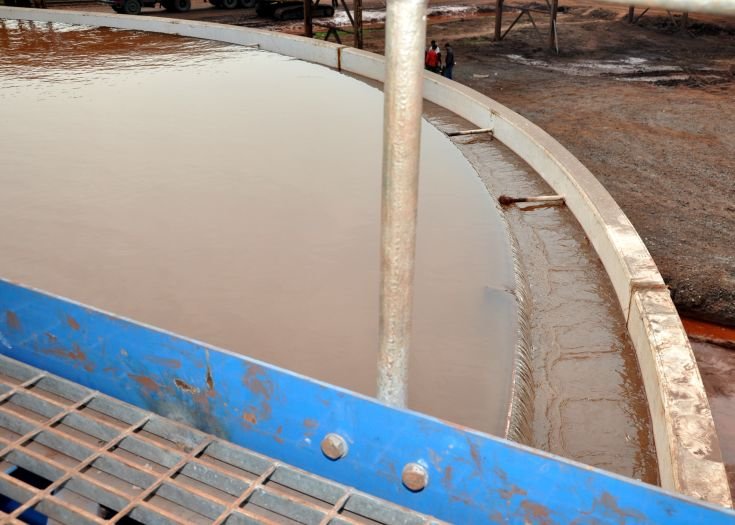
When considering water sources for irrigation, several factors must be taken into consideration. These include the availability and reliability of the water source, the water quality, the cost and feasibility of extraction or treatment, and the environmental impacts associated with each option. It is essential to implement sustainable water management practices that minimize waste, promote efficiency, and prioritize the long-term viability of both the irrigation system and the surrounding ecosystems.
In conclusion, water sources for irrigation systems are crucial for maintaining the health and productivity of landscapes. The choice of water source depends on various factors, and each source has its own unique characteristics and considerations. By carefully selecting and managing water sources, sustainable irrigation practices can be implemented, ensuring the longevity and vitality of our landscapes while minimizing the impact on the environment.
Here are some common water sources utilized in irrigation
| Mains water supply | Rain Harvesting | Borehole | Live water | Grey water | |
| Installation costs | low | high | high | medium | high |
| Reliability | reliable | depending on rainfall pattern (emergency source required) | high | various | depending on potential |
| Compliance for plants | medium | medium | depending on water treatment | high | low |
| Adherence to local regulations | avoiding cross contamination | high | groundwater extraction regulations | up to 20m3/day free use* | groundwater extraction regulations |
| Environmental impact | high | no | low | various | medium |
| Operating costs | high | low | medium | low | medium |
Choosing the Right Water Source:
The selection of an appropriate water source depends on several factors:
- Availability: The consistent presence of water in the chosen source.
- Quality: Ensuring the water meets the required quality standards for irrigation.
- Cost: Considering the financial implications of accessing and utilizing the water source.
- Sustainability: Balancing water extraction with environmental sustainability.
Ultimately, the choice of a water source involves a comprehensive evaluation of these factors, aligning with the specific needs and conditions of the irrigation system. Proper water source selection contributes to the efficiency, sustainability, and success of the overall irrigation strategy.
